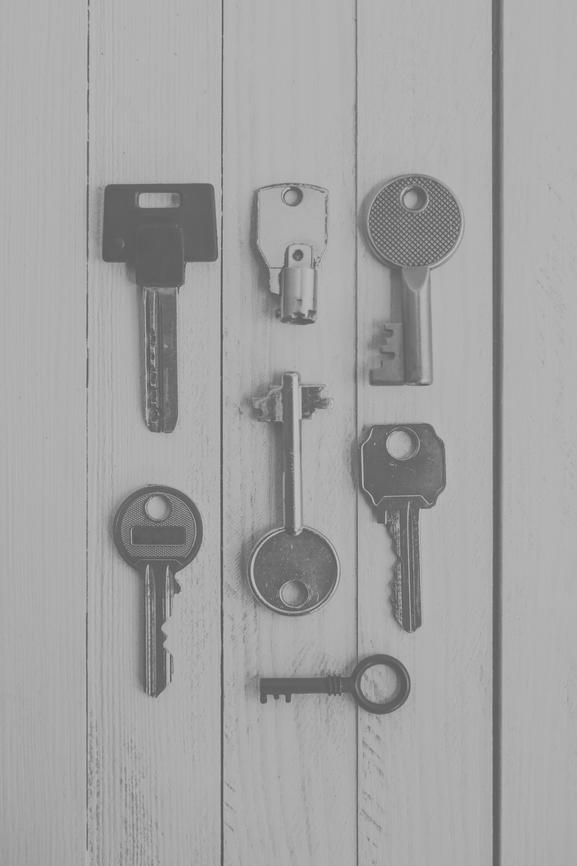What was your New Year’s Resolution? Losing five pounds? Cutting down on the alcohol? Reading more books? Or did you decide to get your budget under control? I can’t help you with the first three, but this month, I’d like to offer some tips about budgeting, and particularly, point out an easy to employ strategy called bucket budgeting.
First, let’s state the obvious. Tracking every penny doesn’t work for a lot people. It doesn’t even work for every person in my household. Ben couldn’t care less about tracking. He humors me and reviews the joint, color-coded spreadsheet that I create every month. But he’s satisfied as long as he has enough money to contribute to our joint expenses, save the necessary amount to meet our retirement goals and buy stuff for himself.
Ben follows an approach I call bucket budgeting. Instead of creating specific categories and keeping spending within them, he splits his money into buckets (figuratively, we don’t have actual buckets) and keeps his spending within those lump sums.
Specifically, Ben has three buckets of money that he contributes to monthly. His first covers his share of our joint expenses (we contribute based on the percentage of household income each of us earns). The second goes towards retirement, which we also approach using joint retirement goals. The third bucket is for Ben himself. He doesn’t worry about where it goes, but when it’s gone, it’s gone. If for some reason, he doesn’t have money at the end of the month to buy new music or book, he’ll hold off on the purchase until his personal bucket fills back up. It’s similar to the envelope system or Elizabeth Warren and Amelia Warren Tyagi’s 50/30/20 budget. There are general categories but no specific spending patterns.
If this approach appeals to you, you should definitely try it out. However, keep a few things in mind before you set up your system.
Start with an accurate income figure
Even with this type of budget, you need to know your income. If you work for someone else, this step is simple. Take your net income (i.e., your income after taxes and deductions like health insurance and your retirement) per paycheck and multiply that by that by either 4.3 if you’re paid weekly, 2.17 if paid biweekly, or 2 if paid twice a month. No need to multiply by anything if you’re paid monthly.
Working for yourself makes this calculation more complicated, because your income fluctuates. In that case, you can either 1) take an average of your last couple of years of net business income (your schedule C on your tax return), or 2) adjust on a monthly basis, leaving a bucket for overflow savings.
You need to keep your buckets separate.
The other important part to this type of budgeting is keeping your buckets separate.
First, make sure you meet your fixed, necessary expenses — your rent, utilities, groceries, debt payments, etc. Don’t forget those fixed expenses that don’t occur every month like car insurance or life insurance.
You should also have a savings bucket, which receives 10-20% of your income. You can further split this bucket into three to six months of expenses for emergencies and the rest for retirement. Many people tend to forgo this bucket, but it’s the most important of the three. Having an emergency fund will help sustain you if you get an unexpected bill, and you have to start saving for retirement as early as possible to make sure you get the most out of your contributions.
After you have figured out your fixed expenses and your savings, you subtract those amounts from your monthly income figure. You can use the remaining money for discretionary expenses like clothing, eating out and gifts. Spend it on whatever you like, as long as you don’t dip into your other buckets. If you find yourself without enough money to live the life that you want, you have to either cut your fixed expenses or find a way to make more money (don’t touch your savings!)
The approach still takes discipline
A bucket budget approach may seem easier because you don’t have to track every penny, but it still takes discipline to keep from overspending. You may be tempted to borrow from next month’s fixed expenses or use a credit card when friends call about drinks and you’ve run out of discretionary cash. You can avoid this problem by paying for everything in cash or on a debit card. Or you can use separate credit cards with low limits that you can pay off every month.
I think this approach provides a great alternative for those who don’t want to worry about keeping track of every expense. I see it work on a monthly basis, and I know Ben enjoys the freedom this approach gives, while still meeting his money goals. I’ve also seen it work for some of my clients who like the flexibility and security the approach brings. I hope this approach can provide some of you with that same satisfaction.
Remember that budgeting is about intention not restriction. You’re creating a spending plan to ensure that you use your money in a way that you want to. Reminding yourself of that periodically should help keep you on track.





